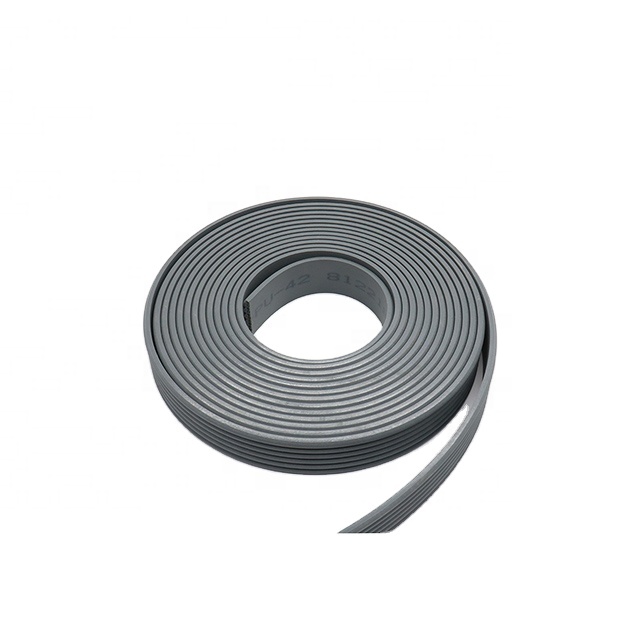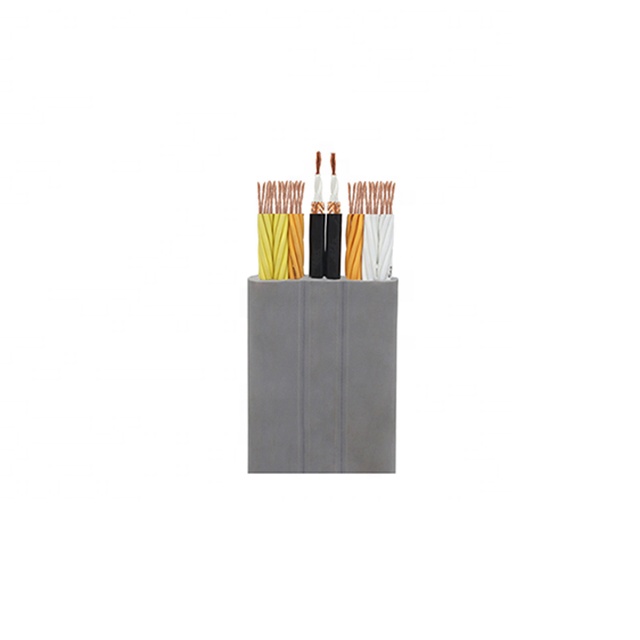After confirming that the vegetables are harmed by mites, 73% of Kruth emulsifiable concentrate 400-500 mg / liter, 5% of dead gram milk 667-1000 mg / liter spray can be used for prevention and treatment; it is confirmed that after the virus disease is caused, it can be used to treat insects ( Such as aphids, whitefly, etc.) on the basis of disease prevention, use 20% of virus A wettable powder 1000 mg / liter plus carapace 3300 mg / liter or 0.5% of phytopathogenic emulsion 1000 mg / liter plus Kang Debao plant Nutrient 1000-1667 mg / liter solution spray control.
2. Distinction between nematodes and bacterial wilt and blight. Bacterial wilt, blight and nematodes can cause the diseased vegetable plants to wilting, but the former two are infectious diseases. After the plants are damaged, the vascular bundles gradually become brown, and the damage is early. It swells at noon, returns to normal in the morning and evening, and continues to languish in the later period. The diseased stem is longitudinally cut and placed in a clear glass containing clear water. If the mucus overflows, it is a bacterial wilt. If there is no mucus overflow and the lower leaves of the plant turn yellow, it is wilt. In the early stage of nematode damage, the aboveground plants are poorly grown, the leaves are smaller than the leaves of normal plants, and the roots are reduced. Some nematodes can form "beaded" tumors on the fibrous roots; some nematodes are at the junction of the main roots and lateral roots. Cortical foraging causes damage to the cortical tissue.
Vegetables with serious wilt disease, such as cucumber and watermelon, can be grafted and controlled with black seed pumpkin and vegetable gourd; after the occurrence of bacterial wilt, it is necessary to reduce the humidity in the field and avoid flood irrigation. 77% of the plants can be killed. Wettable powder or 25% Qingchangling wettable powder 1667-2500 mg / liter solution, 200 grams per plant; nematodes can be controlled with 10% anti-line spirit (green collecting treasure).
Elevator ropes are highly engineered and made of steel with other composites. Also they are not single wires but several strands of various sizes wrapped together. A typical cable or rope can have over 150 strands of wire precisely designed to be strong, flexible, and give long service. Multiple wire strands are used to increase the life of the cable and give flexibility. When you run a cable over a pulley wheel or sheave, the part of the wire on the sheave makes a shorter trip than the outside of the wire. This stretching over time would create weakness for a single strand. So elevator ropes are flexible strong and give long life if maintained properly.
The types of rope in an elevator can vary depending on the job that they need to do. Here are some of the more common ropes you can find lurking in your hoistway:
1. Hoisting Ropes – These are the ropes you see in all the movies. Several are used to suspend the elevator cab and make the car go up and down. These are also the cables used for the counterweights as the counterweights and elevator car are in the same system. The counterweights do just what they are called; they counter the weight of the elevator car when loaded so it takes less effort to move the car up and down. High-strength ropes are used in high rises due to the required speeds that you see today. For instance the fastest moving elevator car in the world, hits a speed that you would find on freeways; an astounding 45 miles per hour! Ultimately the grade of steel is not only determined by the speed but on the car capacity as well. The heavier the weight the car can lift, the higher strength required.
2. Governor Ropes – A governor is part of elevator safety that you will find in the hoistway or overhead space. The second that an elevator car starts falling or even rising too fast, the governor triggers the safety mounted on the car frame and brings the car to a halt. The governor rope runs over the governor sheave and down to the elevator car and is attached to the safety trip mechanism. The governor rope continues all the way down to the pit and runs under a sheave down there and then makes the journey back to the governor. This governor rope arrangement forms a continuous loop while the elevator moves up and down the hoistway. If the car starts going too fast, centrifugal force pushes flyweights outward in the governor against the spring. In simplistic terms it tells the brakes to kick in and stops the car from falling or rising too quickly. As this entire safety system relies on the governor rope, it is very important that it is reliable and in great working condition.
3. Compensating Ropes – Turns out that all of the cable or rope to make an elevator car go up and down is really heavy. This is especially true for really tall buildings. Think about this; a standard one inch elevator cable can weigh 1.85 pounds per foot. As elevator cable makes several trips up and down the hoistway, this weight can really add up. So compensating ropes [compensate" for all the weight of the hoisting ropes on the car or counterweight side. Probably any elevator that exceeds 100′ of travel needs these ropes that are connected to the sling that holds the car and the counterweight frame.
The most important thing about any elevator rope is that they must be in good operating condition at all times. This means inspected often. The technician when performing routine checks doesn`t just look up the hoistway, nod their head and move on; they must check the ropes closely for proper tension, any wear patterns, the diameter of the rope, any rusting, pitting or breaks in strands, the sheaves, proper lubrication and connections.




Elevator Cable,Elevator wire rope,Lift ropes,governor rope,Elevator steel wire rope,Elevator steel cable
Suzhou Keffran Parts Co.,ltd , https://www.keffran-elevatorsmart.com